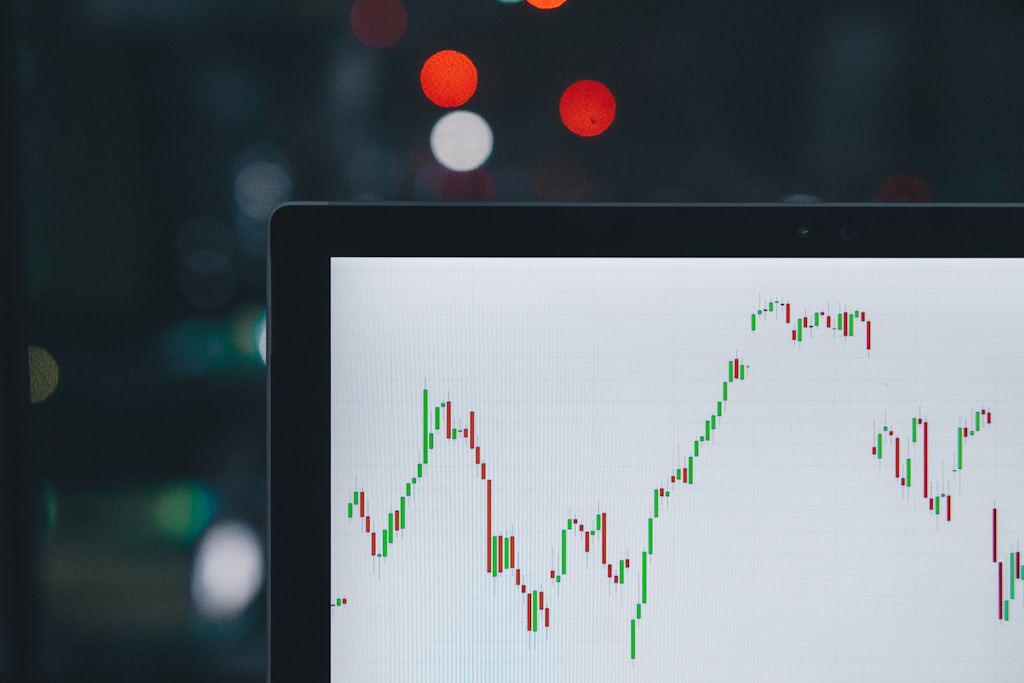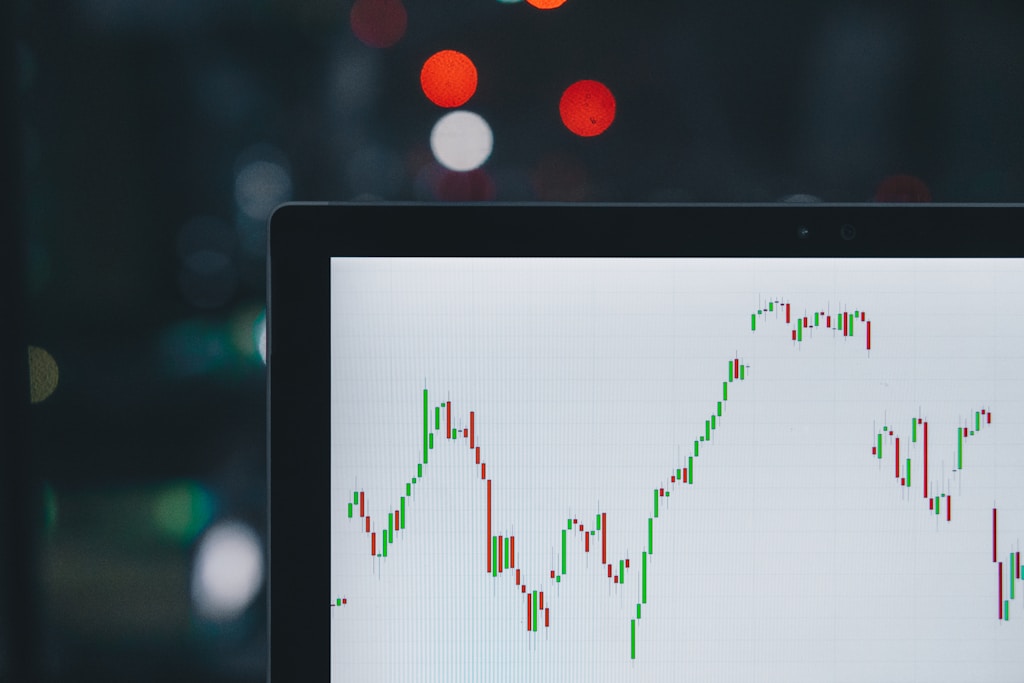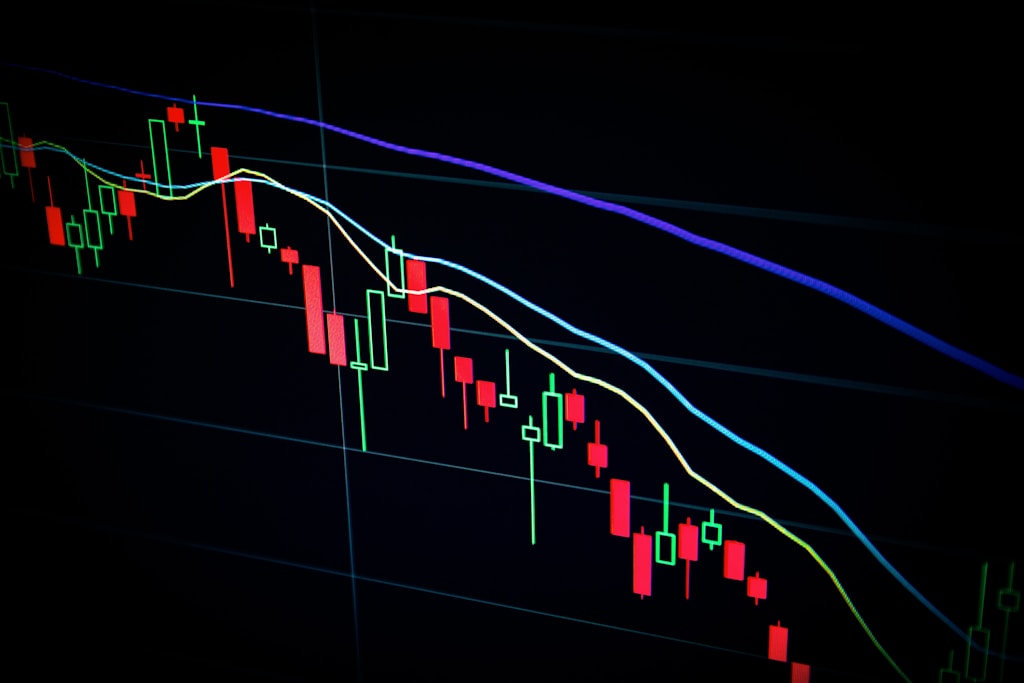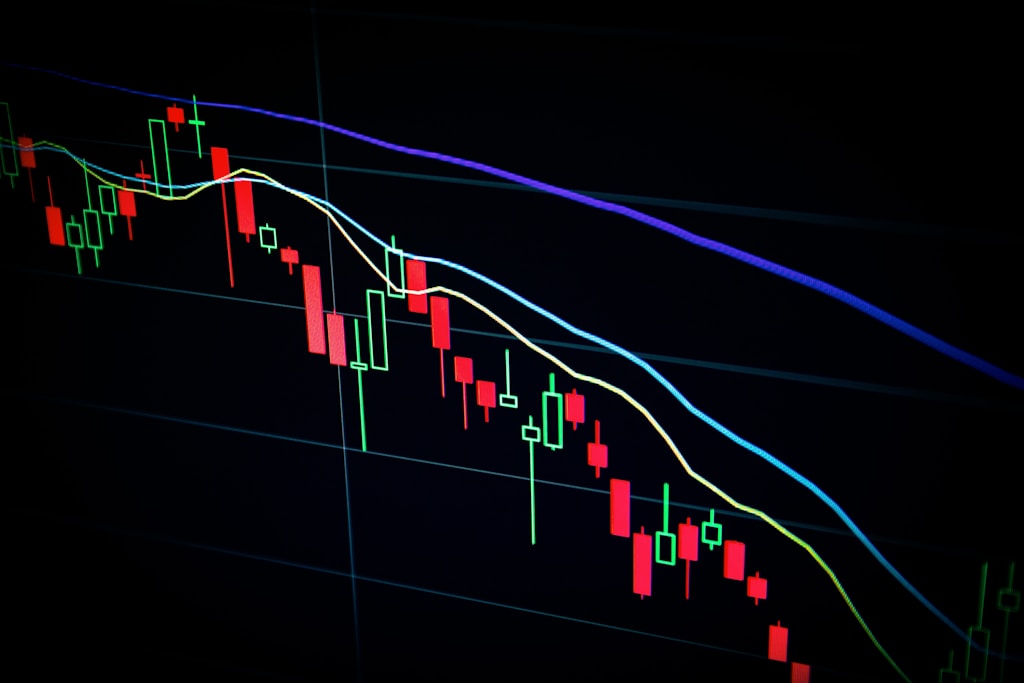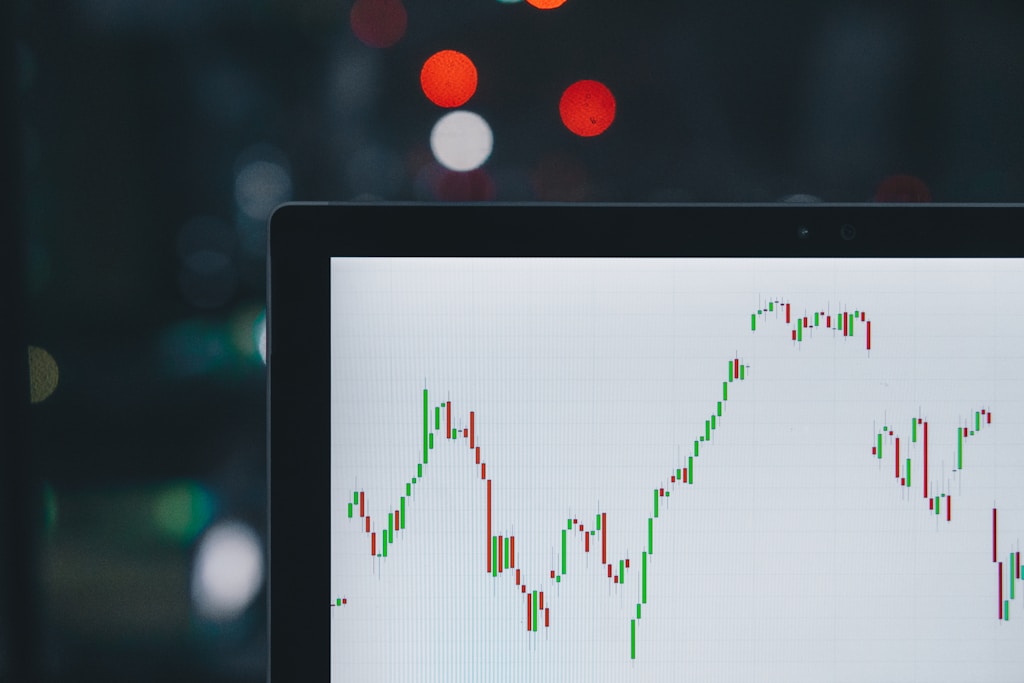In a remarkable testament to Bitcoin’s enduring legacy, as Bitcoin trades at its new all-time high of $111,400, on-chain analytics firm Glassnode has revealed fascinating movement patterns of coins dating back to the historic Bitcoin Pizza Day era.
The Historic Pizza Transaction’s Modern Impact
Fifteen years ago, on May 22nd, 2010, Laszlo Hanyecz made cryptocurrency history by conducting what is widely considered the first real-world Bitcoin transaction – purchasing two pizzas for 10,000 BTC. Today, that same amount of Bitcoin is valued at an astounding $1.1 billion, highlighting the cryptocurrency’s meteoric rise.
SPONSORED
Trade Bitcoin with up to 100x leverage and maximize your profit potential
Glassnode’s Realized Cap Analysis
According to Glassnode’s latest data, the Realized Cap share of Bitcoin supply aged over ten years has seen significant movement. The metric peaked at 0.045% last year but has since declined to 0.033%, with notable drawdowns observed between December and February, and another decline since April 20th.
Understanding the Movement of Ancient Coins
The recent movement of these decade-old coins raises intriguing questions about their origins. While some may attribute this to long-term holders finally taking profits as Bitcoin’s market cap surpasses major traditional companies, experts suggest these coins might be from rediscovered wallets rather than intentional long-term holdings.
Market Implications and Current Price Action
Bitcoin’s current price of $111,400 represents a 7% increase over the past week. The movement of these ancient coins coincides with significant ETF inflows reaching $609M in a 6-day rally, suggesting growing institutional interest alongside retail adoption.
FAQ Section
What was Bitcoin Pizza Day?
Bitcoin Pizza Day commemorates the first real-world transaction using Bitcoin, where Laszlo Hanyecz paid 10,000 BTC for two pizzas on May 22nd, 2010.
How much is the original pizza transaction worth today?
At current prices, the 10,000 BTC used to purchase the pizzas would be worth approximately $1.1 billion.
What does the movement of old coins indicate?
The movement of decade-old coins could suggest either the discovery of lost wallets or long-term holders taking profits at current price levels.
